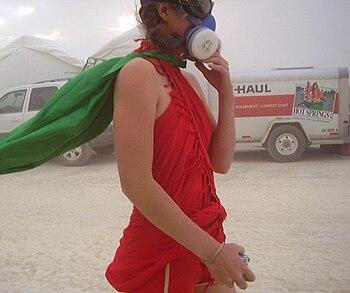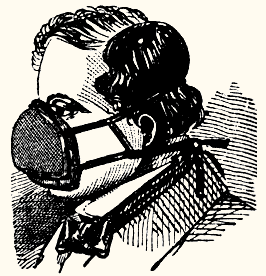|
|
| English: Nassau Veterans Memorial Coliseum Licensing: Category:Images of Long Island (Photo credit: Wikipedia) |
The
Occupational Safety and Health Administration (OSHA) has issued a
press release on their website announcing that they are citing
SMG, which manages the day-to-day operations of the
Nassau Veterans Memorial
Coliseum on
Long Island, a total of $88,000 in proposed fines for
asbestos, electrical, chemical and other hazards facing workers at the
coliseum. SMG operates as SMG @ Nassau Coliseum, LLC faces 16 alleged serious violations of workplace health and safety standards.
OSHA opened the inspection due to employee complaints. Investigators found that maintenance workers and electricians were exposed to asbestos or materials potentially containing asbestos while working in various locations - including the coliseum's ice plant, catwalks, and a loading dock - and that SMG did not take adequate steps to address the hazards.
Obviously, from this information it seems that SMG was unaware (or ignored) the dangers their workers faced in working at the Coliseum. This is not a good thing for
Nassau County as the owners of the Coliseum. This brings into question what information did Nassau County pass along to SMG to make sure SMG protected their employees. This opens up Nassau County for a third party litigation lawsuit. Remember previous articles written about this issue indicated at least two workers (one with mesothelioma and the other with stage four lung cancer) were potentially exposed to asbestos and that a total of 75 arena employees may have been exposed.
One of the most damning statements on the press release was "Specifically, SMG
did not identify the presence, location and quantity
of materials containing or potentially containing asbestos, use
engineering controls and work practices to reduce exposure levels,
ensure that all Class III asbestos work (such as repair and maintenance
operations where materials presumed to contain asbestos are disturbed)
was conducted in regulated areas, ensure proper respirator use, post
warning signs and provide asbestos awareness training for workers." Nassau County as the owner of the Coliseum, also has liabilities in informing SMG of the
asbestos containing materials located at the Coliseum. It seems to us that this isn't the last we will be hearing about the asbestos at the Nassau Veterans Memorial Coliseum.




























